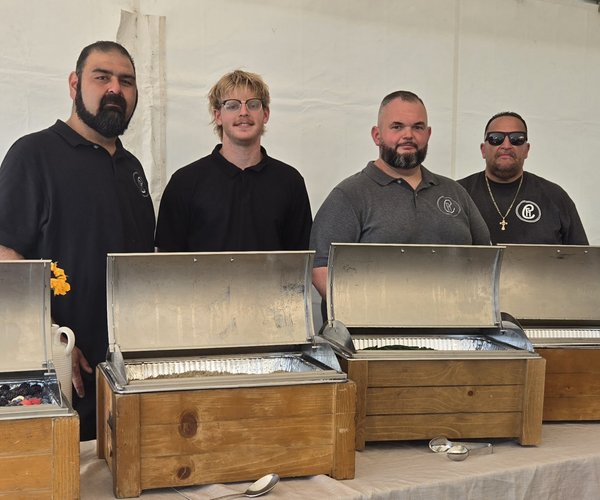Stanislaus County Public Health announced that the number of reported Valley Fever infections continues to increase.
There have already been 118 cases reported in 2017 through Nov. 25. In 2016, a total of 88 cases were reported across Stanislaus County, compared with 54 in 2015 and 35 in 2014, a greater than 50 percent increase each year.
While cases are reported from throughout the county, there are some parts that are affected to a greater extent than others. People who live in the west side of the county are almost five times as likely to be diagnosed with Valley Fever compared with persons who live in the east side.
Valley Fever, also known as coccidioidomycosis or “cocci,” is caused by the spore of a fungus that grows in certain types of soil. People get infected by breathing in spores that are present in dust that is in the air when it is windy or when soil is disturbed, such as during construction or gardening activities. Most infected people will not show signs of illness. Those who do become ill with Valley Fever may have symptoms similar to other illnesses, including influenza or pneumonia, so Valley Fever is not always recognized.
The flulike symptoms can last for two weeks or more. While most people recover fully, some may develop more severe disease or complications of Valley Fever such as pneumonia, infection of the brain, joints, bone, skin or other organs. People with an increased risk for severe disease include those 60 years or older, pregnant women, and people with diabetes or conditions that weaken their immune system. Additionally, African Americans and Filipinos are at increased risk for severe disease, but the reason is unknown.
People who think they may have Valley Fever should contact their health care provider. Valley Fever is not transmitted directly from person to person. The best way to reduce the risk of illness is to avoid breathing in dirt or dust in areas where Valley Fever is common. In these areas, when it is windy and the air is dusty, people should stay inside and keep windows and doors closed.









